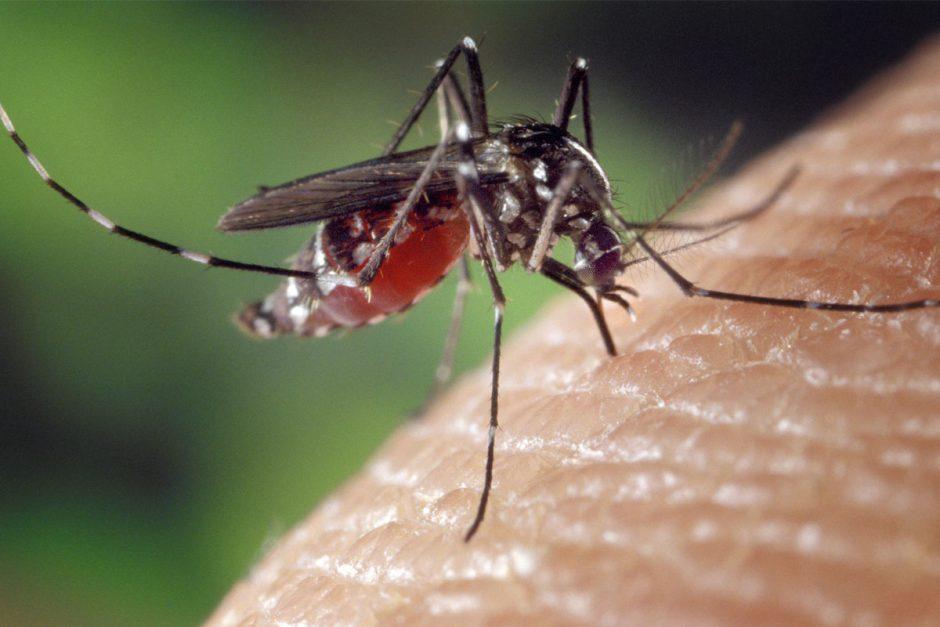Y: Where did all these mosquitoes come from? I didn’t see any out the window earlier, but now that we’re outside, they’re all over the place.
D: They have their ways of finding us. Mosquitoes can smell carbon dioxide from up to 100 feet away, and when we exhale, we emit CO2. Once mosquitoes catch a whiff of it, their brains start scanning their surroundings for their next meal. Scientists wanted to know exactly how this process works, so they designed an experiment where they could observe mosquitoes in a small circular arena that included an LED screen. When the team introduced a puff of air into the arena containing 5% CO2—very similar to the air we exhale, which contains 4.5% CO2—they found that the mosquitoes beat their wings faster. The same thing happened when the mosquitoes were shown a bar moving horizontally on the LED screen. Then the research team went a step further and analyzed brain activity; they noticed that when the mosquitoes received CO2 just before watching the horizontal bar, the vision-controlling parts of their brains showed more activity than usual. However, watching the horizontal bar didn’t trigger any increased in the smell-controlling parts of their brains. In short, smell triggers vision, but vision doesn’t trigger sense of smell. That makes sense, since mosquitoes can detect smells from up to 100 feet away, but their eyesight works best for objects up to 15 to 20 feet away.
Y: Smell first, see later. We’re onto your strategy, mosquitoes.
D: And the more we know, the better we can control them.









